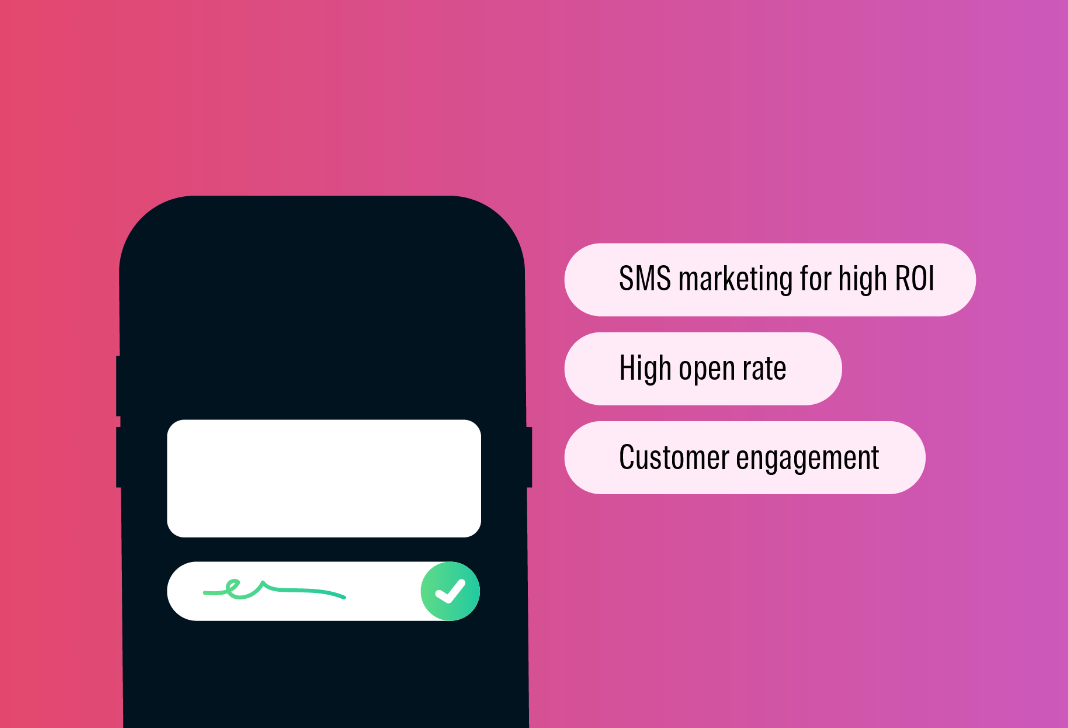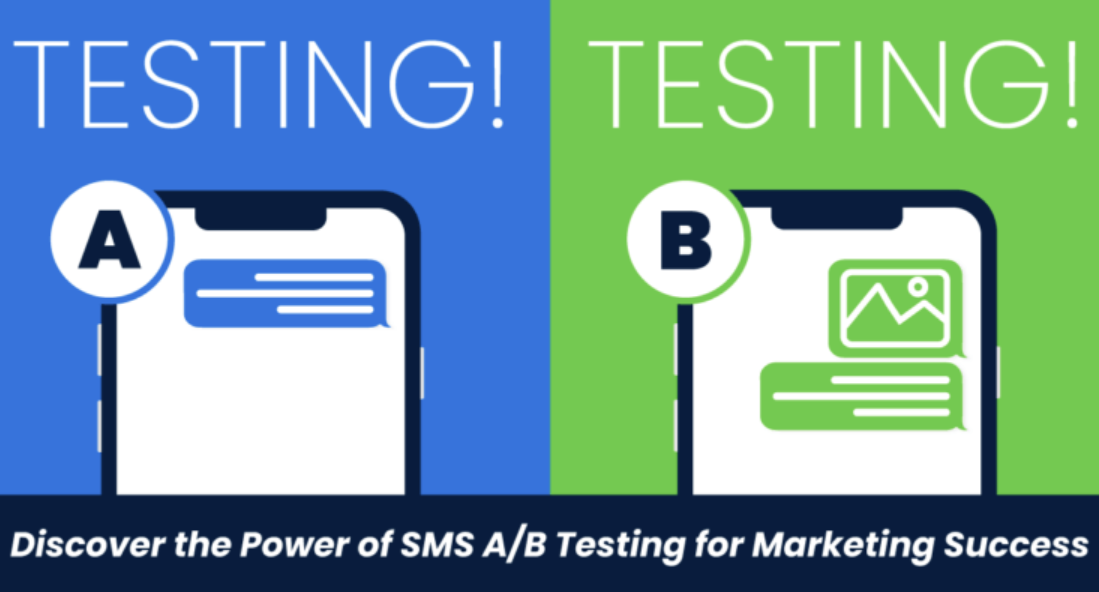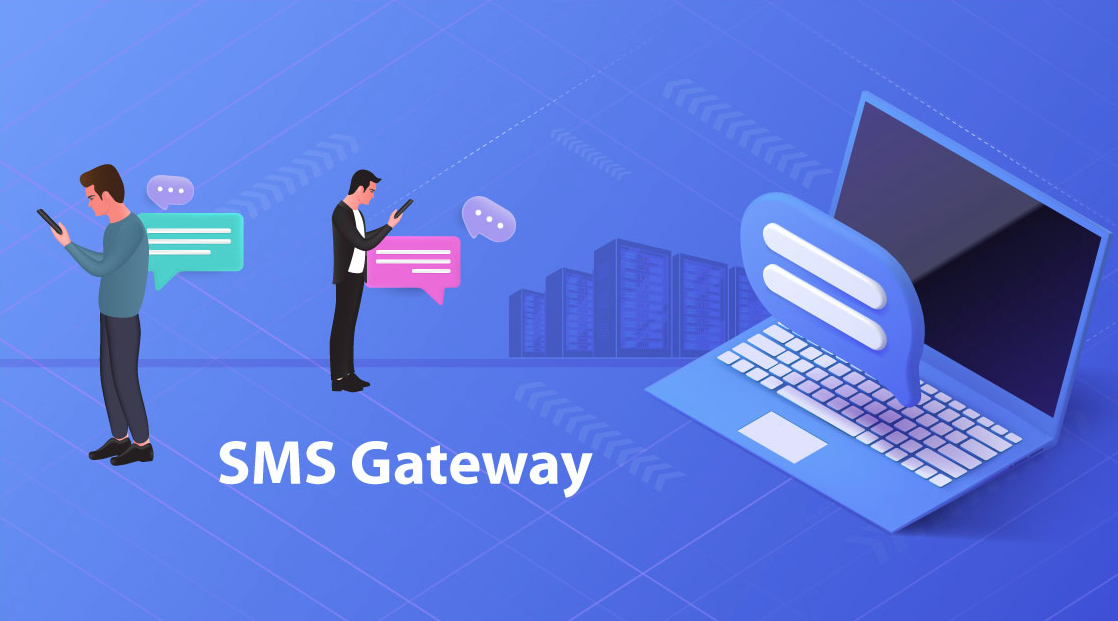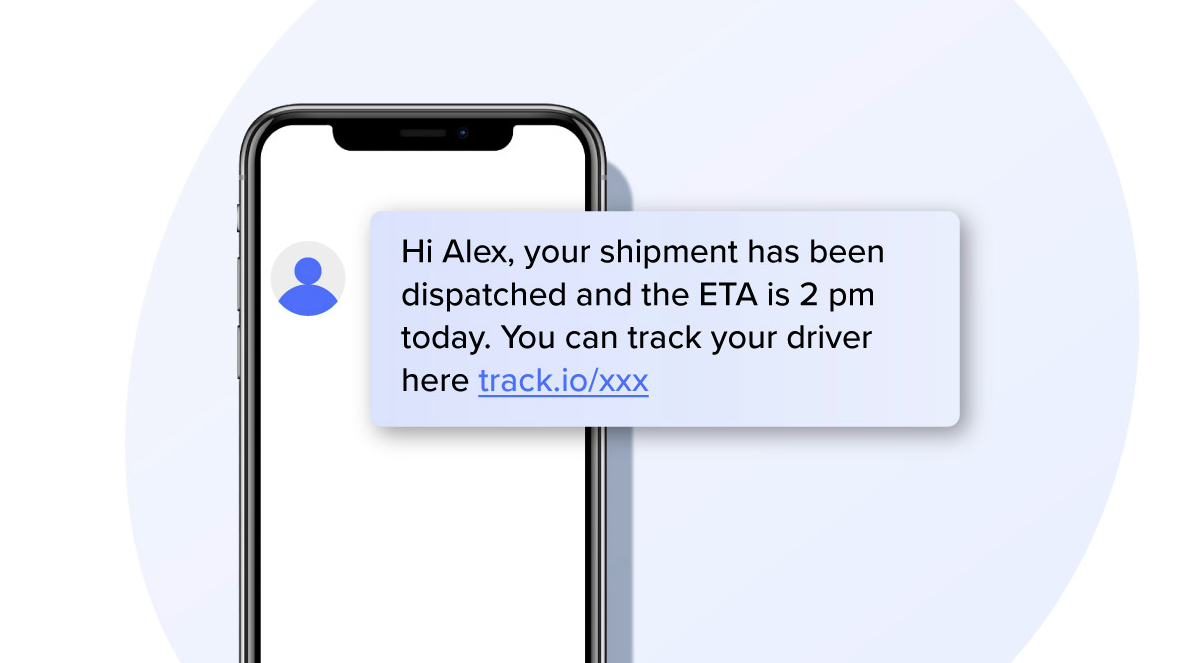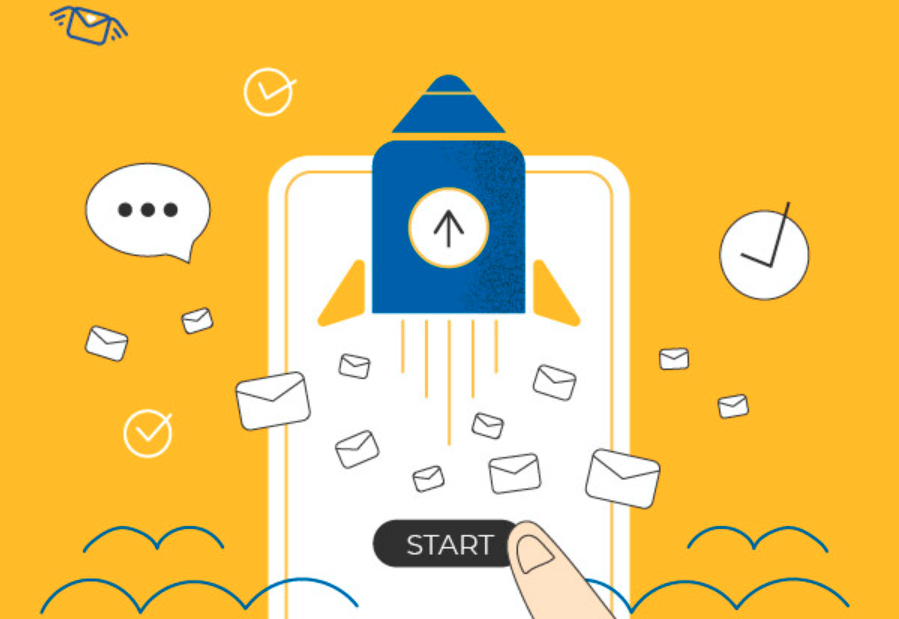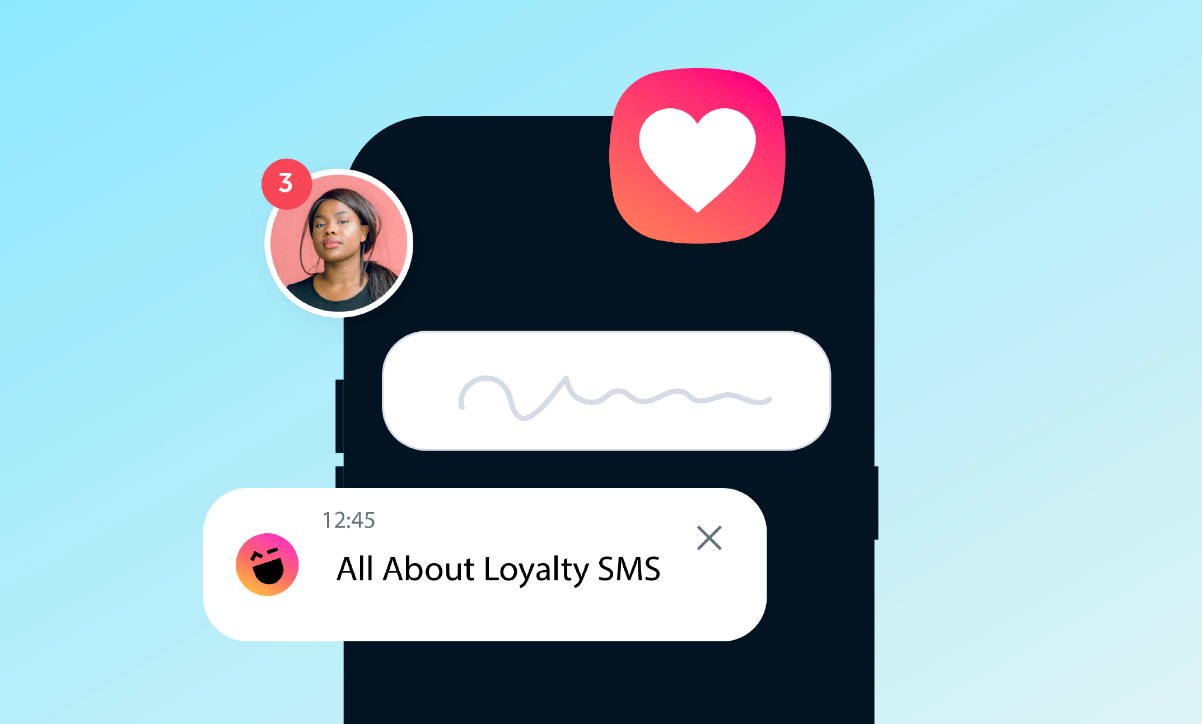In today’s globalized economy, businesses are under increasing pressure to provide more transparency in their operations, particularly when it comes to supply chains. Consumers, regulators, and stakeholders want greater visibility into the sourcing, production, and delivery of goods. They expect real-time updates, ethical sourcing, and more sustainable practices from businesses of all sizes. In response to these growing demands, companies are turning to digital solutions that streamline communication and enhance transparency in supply chain management.
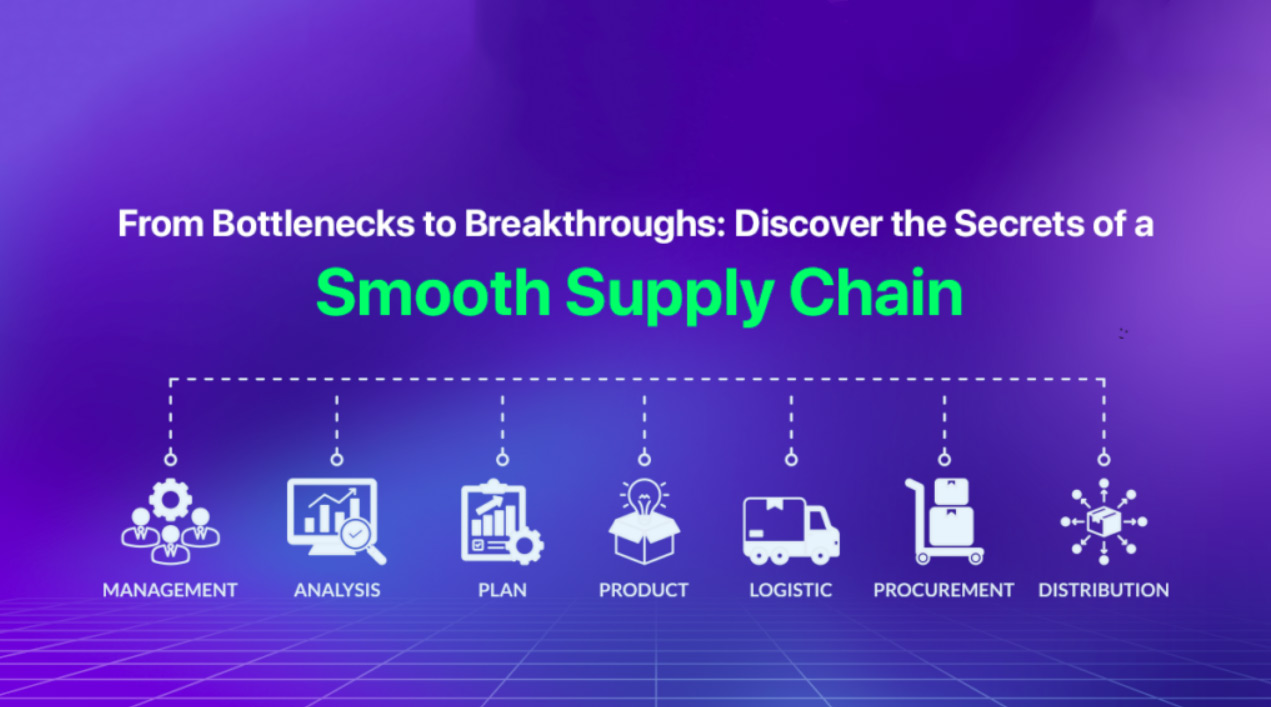
Among the most powerful tools for achieving this is bulk SMS. Bulk SMS offers a fast, reliable, and cost-effective way to communicate with multiple stakeholders across the supply chain in real-time. Whether it’s providing real-time updates on the movement of goods, alerting customers about delivery statuses, or improving internal communication between suppliers and manufacturers, bulk SMS has proven to be a valuable tool for ensuring transparency and efficiency.
This article delves into the role of bulk SMS in improving supply chain transparency, exploring its benefits, applications, challenges, and future potential. By the end, you’ll see why bulk SMS is an essential communication tool for modern supply chains striving to be more transparent.
Why Supply Chain Transparency Is More Important Than Ever
Supply chain transparency is no longer just a “nice-to-have” feature for businesses—it has become a necessity. Companies that operate transparent supply chains enjoy a range of benefits, from building customer trust to ensuring regulatory compliance. Here are some of the key reasons why transparency has become a focal point for businesses today:
Ethical and Sustainable Sourcing
Consumers today are far more conscious of where their products come from and the impact they have on the environment. As a result, they expect companies to be transparent about their sourcing practices. This means providing information on the origins of raw materials, the conditions in which products are manufactured, and the sustainability of production processes.
Regulatory Compliance
Governments and regulatory bodies are imposing stricter requirements on businesses to ensure transparency in their supply chains. Industries such as pharmaceuticals, food, electronics, and fashion are increasingly subject to rules that require companies to track and report on the movement of goods, ensuring compliance with safety and environmental standards.
Building Customer Trust
In an age where customers can access information with the click of a button, transparency has become critical for building trust. Companies that provide clear, real-time updates on orders, shipments, and production processes are more likely to earn and retain the loyalty of their customers.
Operational Efficiency
Transparency in the supply chain doesn’t just benefit customers—it also helps businesses streamline their operations. By improving communication between suppliers, manufacturers, and logistics providers, businesses can reduce delays, minimize errors, and enhance overall efficiency.
Why Bulk SMS Fits into This Framework
With the growing need for supply chain transparency, businesses are looking for communication tools that are fast, reliable, and scalable. Bulk SMS checks all these boxes. By enabling instant, real-time communication with stakeholders across the supply chain, bulk SMS helps businesses provide the transparency that consumers, regulators, and partners demand.
The Power of Real-Time Communication in Supply Chains
Supply chains are complex, often involving multiple stakeholders spread across different locations, time zones, and technological systems. Maintaining efficient and transparent communication across all of these parties is critical to ensuring that goods move smoothly through the supply chain.
How Real-Time Communication Benefits Supply Chain Operations
Real-time communication offers numerous advantages in the context of supply chains, including:
- Instant Updates: Providing immediate updates on the location and condition of goods as they move through the supply chain.
- Alerting Stakeholders of Delays: If there are any delays or disruptions, real-time communication allows businesses to inform customers, suppliers, and logistics providers immediately, minimizing the impact of delays.
- Accurate Documentation: Real-time updates ensure that documentation, such as invoices, shipping labels, and customs paperwork, is shared promptly, reducing the risk of delays at customs or other checkpoints.
In this environment, bulk SMS is an invaluable tool. It’s faster than email, more direct than a phone call, and has an impressively high open rate (98%). By leveraging bulk SMS, companies can ensure that all stakeholders are kept informed in real time, ensuring the transparency that modern supply chains require.
The Role of Bulk SMS in Improving Supply Chain Transparency
Bulk SMS has become a popular tool for businesses that want to enhance transparency in their supply chain operations. It is simple to use, scalable, and highly effective for ensuring that all parties in the supply chain are on the same page. Here’s how bulk SMS helps improve transparency across different stages of the supply chain:
Order Confirmation and Shipment Updates
One of the most immediate and effective uses of bulk SMS in the supply chain is providing customers and stakeholders with real-time updates on their orders and shipments. This includes:
- Order Confirmation: Immediately after an order is placed, an SMS notification can be sent to the customer, confirming receipt of the order and outlining the next steps.
- Shipment Notifications: As goods move through the supply chain, SMS notifications can be sent at key stages—when the order is dispatched, when it’s in transit, and when it’s out for delivery.
- Delivery Confirmation: Once the goods have been successfully delivered, an SMS notification can be sent to confirm receipt.
Example: E-commerce giants like Amazon and Alibaba use SMS notifications to keep customers updated on the status of their orders, ensuring that the entire process is transparent from start to finish.
Real-Time Inventory Management
Inventory management is another area where transparency is crucial. Businesses need to ensure that stock levels are accurate and that all stakeholders—suppliers, warehouse managers, and customers—are aware of inventory levels in real-time.
H3: Bulk SMS Solutions for Inventory Management
- Low Stock Alerts: SMS notifications can be sent to suppliers or procurement teams when stock levels drop below a certain threshold, ensuring timely restocking.
- Automated Inventory Checks: Regular inventory updates can be sent via SMS to warehouse managers and suppliers, ensuring that everyone has access to accurate and up-to-date information about stock levels.
- Reorder Notifications: When stock reaches a predefined reorder point, bulk SMS can automatically notify suppliers to begin the replenishment process.
This level of transparency helps businesses avoid stockouts or overstocking, both of which can be costly and inefficient.
Monitoring Shipment Conditions with IoT Integration
In industries such as food, pharmaceuticals, and electronics, it’s not just the location of goods that matters—it’s also the conditions under which they are transported. Maintaining the right temperature, humidity, and handling conditions is crucial for ensuring the quality and safety of these goods.
Using Bulk SMS with IoT Devices for Condition Monitoring
IoT (Internet of Things) devices can be used to monitor the conditions in which goods are transported. For example, sensors inside shipping containers can measure temperature, humidity, and handling conditions in real-time. When these conditions fall outside of the acceptable range, the IoT device can trigger an SMS alert, notifying logistics teams or suppliers of the issue.
Applications of Bulk SMS in Condition Monitoring:
- Temperature Alerts: If the temperature inside a shipping container exceeds or drops below the acceptable range, an SMS alert can be sent to the logistics team.
- Handling Conditions: If the goods are mishandled or dropped, an SMS alert can be sent immediately, allowing the issue to be addressed before it escalates.
This use of bulk SMS ensures transparency throughout the transportation process, enabling businesses to maintain the quality of their goods and keep stakeholders informed of any issues.
Real-Time Delivery Tracking
In today’s fast-paced economy, customers expect more than just delivery—they expect real-time updates on the location of their goods throughout the delivery process. Bulk SMS can provide real-time delivery tracking updates, helping businesses enhance transparency and improve the customer experience.
GPS-Based SMS Tracking
Using GPS tracking, businesses can provide customers with accurate updates on the location of their shipments. At key points in the delivery process, an SMS notification can be sent to the customer, providing real-time information about the shipment’s location and estimated time of arrival (ETA).
Benefits of SMS-Based Tracking:
- Reduced Uncertainty: Customers no longer need to wonder when their order will arrive—they receive regular updates throughout the delivery process.
- Improved Customer Satisfaction: Providing customers with real-time tracking information enhances their overall experience, building trust in the business.
Example: Companies like DHL and FedEx use bulk SMS to keep customers updated on their shipments, ensuring that the delivery process is transparent from start to finish.
Issue Resolution and Escalation
In a perfect world, every supply chain would run smoothly, with no delays, errors, or disruptions. However, the reality is that issues can arise at any stage of the supply chain, from production delays to lost shipments. When these issues occur, it’s important to resolve them quickly and transparently.
Bulk SMS for Issue Resolution
Bulk SMS can be used to notify stakeholders of any issues or delays in real-time, ensuring that the problem is addressed before it escalates. Here’s how it works:
- Delay Notifications: If there is a delay in production or shipment, an SMS notification can be sent to customers, suppliers, or logistics teams, providing information about the reason for the delay and the steps being taken to resolve it.
- Escalation Alerts: In the case of critical issues, SMS alerts can be escalated to higher management, ensuring that the problem is addressed quickly and efficiently.
- Customer Communication: If a customer’s order is delayed, an SMS notification can be sent to apologize for the delay and provide an updated ETA.
This transparent approach to issue resolution helps businesses maintain trust with their customers and partners, even when things don’t go as planned.
Benefits of Bulk SMS for Supply Chain Transparency
By now, it’s clear that bulk SMS plays a vital role in improving supply chain transparency. Here are some of the key benefits that businesses can expect when they integrate bulk SMS into their supply chain operations:
Increased Customer Trust and Loyalty
Customers value transparency, and businesses that provide real-time updates and clear communication throughout the supply chain are more likely to earn their trust. By keeping customers informed about the status of their orders and shipments, businesses can build stronger relationships and enhance customer loyalty.
Reduced Operational Costs
Bulk SMS is a cost-effective communication tool that helps businesses reduce operational costs. By automating many of the communication processes involved in supply chain management, businesses can reduce the need for manual updates, phone calls, and emails, saving time and resources.
Enhanced Collaboration Between Stakeholders
A transparent supply chain requires effective collaboration between multiple stakeholders, including suppliers, manufacturers, logistics providers, and customers. Bulk SMS facilitates this collaboration by ensuring that all parties have access to real-time updates and information.
Improved Supply Chain Efficiency
By providing real-time updates, automating communication processes, and reducing errors, bulk SMS helps businesses enhance the efficiency of their supply chains. This leads to faster production cycles, shorter delivery times, and fewer disruptions.
Case Study: Bulk SMS in Action
To better understand how bulk SMS can improve supply chain transparency, let’s take a look at a real-world example.
Case Study: A Global Retailer’s Success with Bulk SMS
A leading global retailer implemented bulk SMS to improve transparency across its supply chain. The company used SMS notifications to provide real-time updates on inventory levels, shipment statuses, and delivery times.
By integrating bulk SMS into its supply chain management system, the retailer saw the following results:
- 25% Reduction in Delivery Delays: Real-time updates allowed the company to address delays before they escalated, reducing the number of delayed shipments by 25%.
- 18% Improvement in Customer Satisfaction: Customers appreciated the transparency provided by SMS notifications, leading to an 18% improvement in customer satisfaction scores.
This case study highlights the tangible benefits that businesses can achieve by using bulk SMS to improve supply chain transparency.
Overcoming Challenges in Implementing Bulk SMS for Supply Chains
While bulk SMS offers numerous benefits, there are also challenges to consider when implementing it in supply chain operations. Here are some of the most common challenges and how businesses can overcome them:
Integration with Existing Systems
One of the main challenges businesses face when implementing bulk SMS is integrating it with their existing supply chain management (SCM) software. Many SCM systems are complex, and integrating new communication tools can be difficult.
Solution: Use API-driven bulk SMS platforms that can seamlessly integrate with popular SCM systems, allowing businesses to automate SMS notifications without disrupting their existing workflows.
Data Security and Privacy Concerns
When sending sensitive information via SMS, such as order details or shipment statuses, businesses need to ensure that their data is secure and compliant with regulations such as GDPR.
Solution: Implement encryption protocols and data protection measures to ensure that SMS communications are secure. Additionally, ensure that your bulk SMS provider complies with data protection laws and industry standards.
The Future of Bulk SMS in Supply Chain Transparency
As businesses continue to embrace digital transformation, the role of bulk SMS in supply chain transparency will continue to evolve. Here are some of the future trends that will shape the use of bulk SMS in supply chain management:
AI-Powered SMS Communication
AI-driven chatbots and machine learning algorithms will increasingly be used to handle SMS communication within supply chains. These technologies will allow businesses to automate more complex queries, such as estimated delivery times, inventory levels, and shipment conditions.
Integration with Blockchain Technology
Blockchain is poised to revolutionize supply chain transparency by providing a secure and immutable record of transactions and movements within the supply chain. In the future, businesses may integrate bulk SMS with blockchain systems, allowing stakeholders to access real-time, verified information about the status of goods.
Conclusion
Bulk SMS is more than just a communication tool—it’s an essential enabler of supply chain transparency, transforming the way businesses manage their operations. In today’s fast-paced, highly interconnected world, supply chain transparency has become a critical priority for businesses striving to maintain trust with their partners, customers, and regulators. By leveraging bulk SMS, companies can bridge communication gaps, enhance real-time visibility, and ensure that every link in the supply chain is connected seamlessly.
One of the most valuable applications of bulk SMS in the supply chain is providing real-time updates on orders and shipments. Whether it’s a notification that a product has left the warehouse, an update on the expected delivery time, or an alert regarding a potential delay, bulk SMS enables companies to keep all stakeholders informed instantly. This real-time communication reduces the risk of errors, miscommunications, and misunderstandings, leading to smoother operations and greater customer satisfaction.
In addition to order updates, bulk SMS plays a crucial role in monitoring shipment conditions. This can include tracking temperature-sensitive goods, monitoring transport conditions, or alerting logistics managers to any deviations from the planned route or schedule. For industries such as pharmaceuticals, food and beverage, and chemicals, where stringent regulations govern the transportation of goods, these real-time updates are vital. By keeping an eye on these parameters through SMS notifications, businesses can take immediate corrective action if something goes wrong, minimizing losses and ensuring regulatory compliance.
Moreover, bulk SMS fosters collaboration among different stakeholders in the supply chain, such as suppliers, manufacturers, distributors, and retailers. When all parties receive timely and accurate information, they can coordinate more effectively and respond quickly to any issues. This streamlined communication enhances trust between partners, reduces operational bottlenecks, and ensures that the supply chain operates efficiently from end to end.
As businesses increasingly prioritize transparency in their supply chains, integrating bulk SMS will become an indispensable part of their strategy. Bulk SMS offers a fast, reliable, and cost-effective solution that meets the demands of today’s supply chains. With the ability to send thousands of messages simultaneously, it ensures that information reaches all parties instantly, regardless of their location.
By adopting bulk SMS as part of their supply chain strategy, businesses can also gain a competitive edge. In an era where customers expect transparency and fast resolution of issues, companies that can provide real-time updates and proactive communication will stand out. Furthermore, many regulatory frameworks now require enhanced traceability and transparency in supply chains, particularly for sensitive or high-value goods. Bulk SMS can help businesses meet these regulatory requirements, reducing the risk of non-compliance and the associated penalties.

